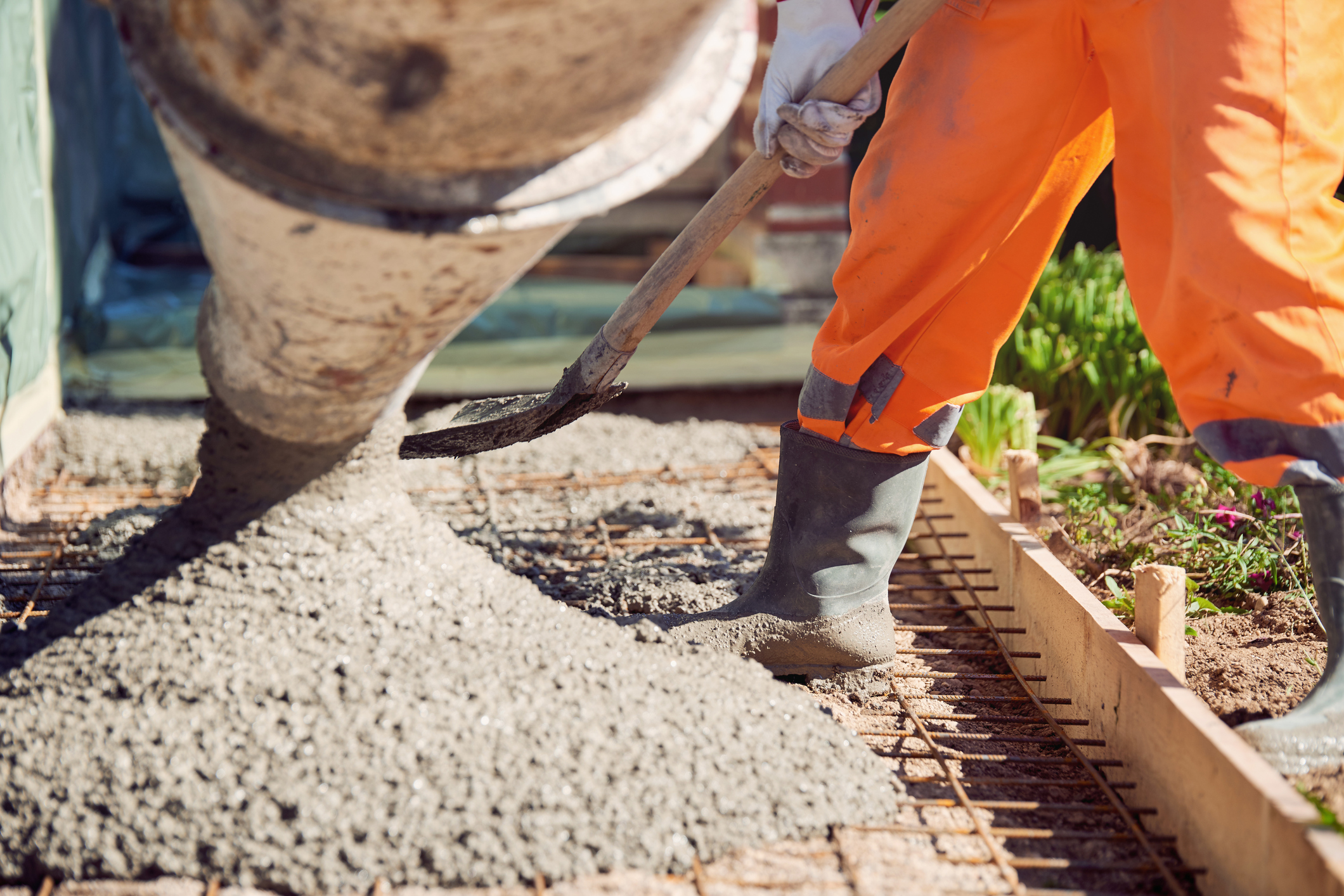The industry-led review and improvement of training package components in a number of projects is nearing completion, with Cases for Endorsement for the following projects to be assessed by the AISC in their February meeting:
- Building Completions
- Bricklaying, Blocklaying & Stonemasonry
- Carpentry and Joinery
- Painting and Decorating
- Demolition
- Plumbing Services
- Construction Pathways
Thank you to everyone who has been a part of this process
We have sought input from stakeholders across Australia—including industry associations, large and small businesses, contractors, workers and unions—to ensure that qualifications and units fully cover the skills and knowledge required by Australian industry in the 2020s.
We’ve talked extensively with regulators and registered training organisations in all states and territories to ensure that training is safe, efficient and comprehensive.
We’ve received submissions and advice from many individuals and organisations. In some cases, there have been differing opinions about the best approach to take, but we have endeavoured—guided by our technical advisory groups—to hear all opinions, assess all options and achieve a fair evidence-based outcome to meet the needs of industry as a whole.
For more details on how we’ve done this for each project, please see the Cases for Endorsement downloadable from each
project page.










